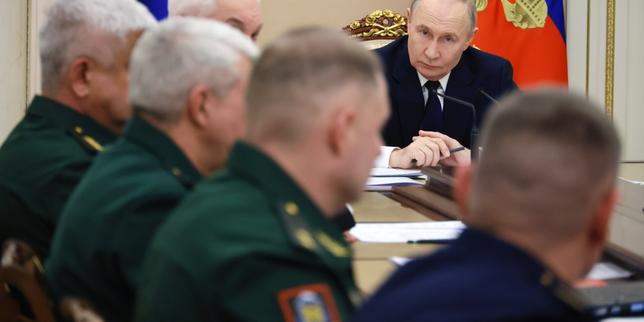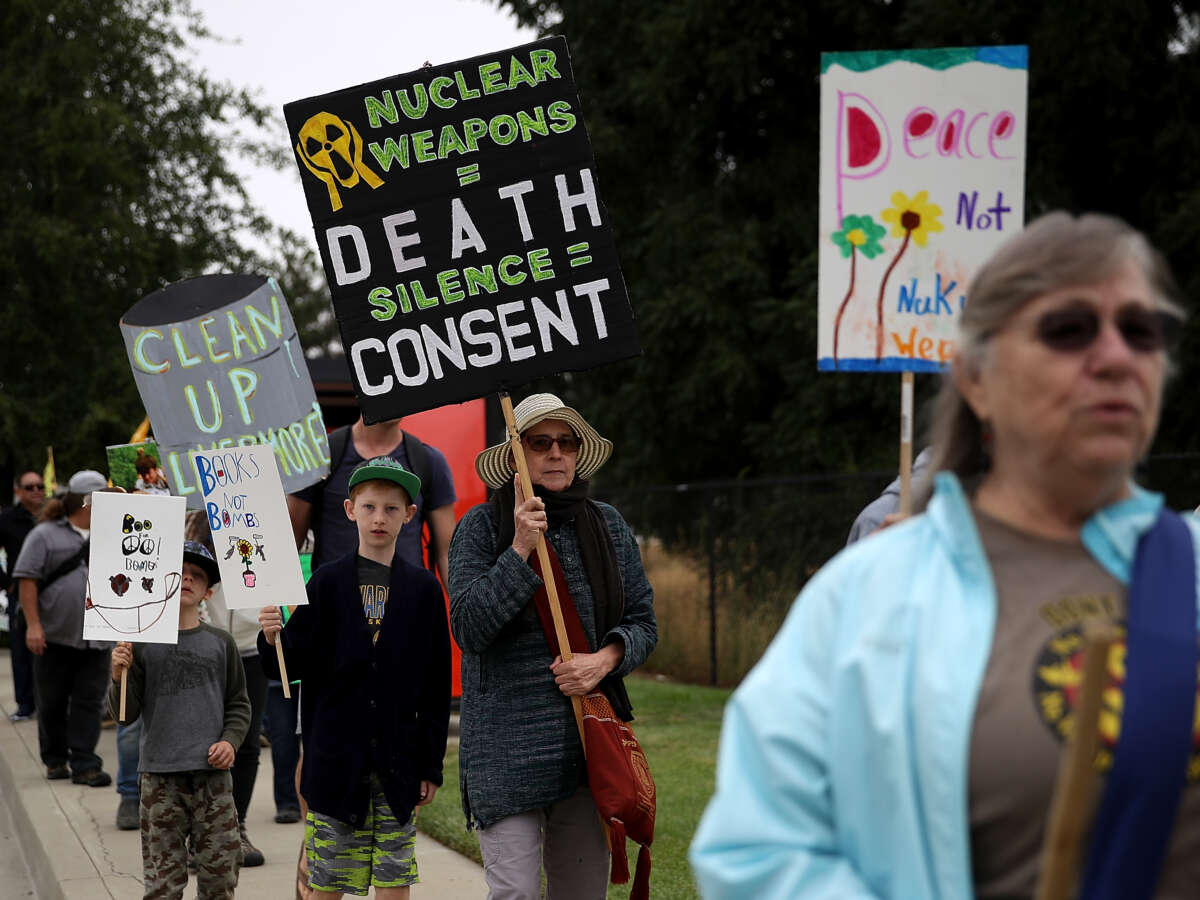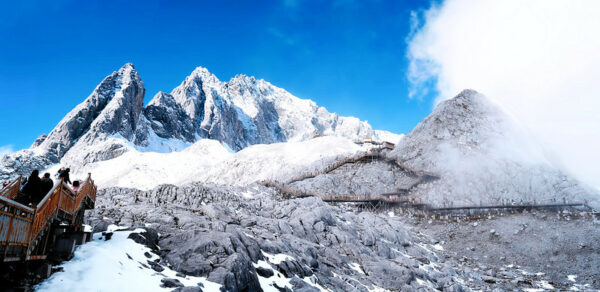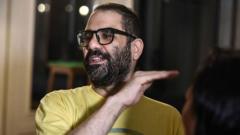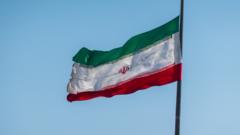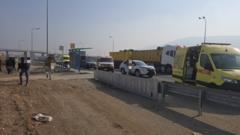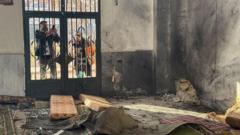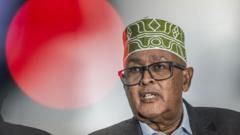Renewable Power Project Finance
Having unlocked the last part of this Theme Vitrine , here is the deal:
Wind Power

It was ingenious attaching feed-in, tax & other incentives to the global warming warning, creating a subindustry (tail that wags the dog) by enticing financiers, developers, vendors & consumers to adopt and improve the renewable technologies.
One of the biggest winners among those are the wind farms with the whole supply chain (less so bats). At almost 20% of the world’s TWh output, it became ubiquitous to the scenery, and with all the technology advancements (not noise reduction though), sufficiently cheap to install that it almost does not need incentives: many countries reneging on the initial FIT regimes.
As the wind power building blocks became more & more familiar to the wind farm developers, so did the financing & project documentation. Herein we will set out the typical information & pitch elements an entrepreneur or potential investor will need to move forward with a wind project endeavour (it is almost identical to solar & biomass, with hydro & geothermal being slightly more complex).
Investor perspective
Risk/return profile
Typically secure income stream with a quasi-like / sovereign or a strong off-taker
Understood inputs & known costs, built upon a long-term asset base generating dividend income
Systematic portfolio-approach diversification through the # of turbines & the # of farm sites
Active opportunities
Projects at various stages of development, in different regions & different countries
Incentive windows shifting and/or limited in one place, but then opening elsewhere
Early developers looking to exit & reinvest in a new place, yield investors or operators looking to rebalance portfolios
Leverage potential
All of the above allows for attractive debt terms, leaving a descent equity return margin
Typically refinancing is available if required for a yielding set of projects
Known processes
Not undermining specific local know-how(s), it is a fairly similar (copy/paste) formula to a successful renewable project – be it wind, sun or biomass.
Developer perspective
Typical processes / milestones / risk mitigation
- A serial developer likely has a pipeline of potential projects ranging from purely speculative (as in a plot of land), to some MoU already signed or shaken on, to some permits already being under way
- Alternatively, an entrepreneur knows someone who has a piece of land in a friendly municipality of a relatively serious country with descent enough regulation (local partner)
- Then a developer teams up, drafts a project concept, sketches a design, scopes land & access to it, examines all the paperwork that will be required, consults a lawyer, goes to the local public office
- Signs one or two MoUs
- High level financial model & pitch development
- Survey of the country electricity sector production & transmission general, legal framework & regulation
- Repeat specific for wind sector
- Investigate track record of price, FITs, guarantees, PPAs, FOREX, repatriation, etc. history
- A notch higher, following best practices sets:
- A project development timeline / schedule (Gantt charts), the site selection / description, geological survey / work
- Technology selection & contracting strategy (technology, civil works, transport for delivery, interconnectivity, O&M)

Need for external advisors from hereon
- Wind report: hire someone like Garrad Hassan to do an independent wind assessment study confirming the energy yield of the project using the selected turbines
- Since the project development prior to construction lasts for a while (2-4 years), there is plenty of time to get a set of measurements for best averages – years, seasons, height
- Other important advisors:
- Legal advisors
- Finance / tax advisors
- Insurance advisors (this could be guided by both the vendor and the DFI/bank)
- Environmental permitting:
- The authorities to issue environmental permits for both the wind farm & the overhead line (OHL)
- Including the assessment of bird, bat & other wildlife monitoring / public consultations; noise is a problem typically!
- ESIA compliant standards for survey & eventual permits issued
- Once commercial operation starts, frequent monitoring is required
- List the positives, you will need them somewhere along the way:
- Economic: land price + taxes + employment + CO2 displacement
- CSR: sustainable development, infrastructure development, community development, increased property activity, promotion of the locality
- Carbon certificates (trade or income)

- Land: all land rights required for the project to be obtained
- The majority of the land required for the wind farm itself (turbine foundation plots, crane pad locations, and roads) to be purchased or leased (99 years if possible)
- Additional land acquisition for the on-site and access roads may be needed
- All necessary land acquired through the purchase of easement rights
- Wind turbine selected:
- Typically done in combo with the operations & maintenance (O&M), and if one wants to play it safe with the DFIs and/or other investors then inclination would be on say GE to get OPIC or Siemens to get KfW (or a similar Asian strategy)
- Ensure long-term warranty and O&M contract supporting the project after commercial operations date (COD)
- Starts with MoU before the developer can make a firm commitment (including the # of WTGs x capacity)
- BOP / EPC contracting: all the non-turbine stuff
- Typically organise a tender and jointly shortlist top suppliers using the turbine-vendor inputs
- Mitigate construction / contractor cost overrun with a lump-sum turnkey under a FIDIC Silver Book contract
- Urbanism & construction permitting
- For the production & access facilities – OHL and roads
- Road refurbishment agreement with municipality / local community
- Power purchase agreement (PPA):
- Sometimes a template is available because the country has already a number of renewable projects or the World bank has provided it with technical assistance; other times you need to do it the hard way with your lawyers
- After a few reviews & rounds of negotiations, which include most stockholders including DFIs (on your side hopefully) and commercial banks, you get the all important PPA, basically your off-take
- Grid connection approval (GCA):
- Typically agreed & issued only after the PPA as the construction permit is a prerequisite
- Overhead line & grid connection to be financed from total project costs (TPC)
- Is the responsible entity (a transmission system operator) the same as the off-taker (public supplier)?

Photo:D.Zagar
- Information memorandum: apart from listing all this section, ensure the perceived risks are also separately & clearly stated:
- Contract risks: any unsigned contracts may not materialise, or even if they do a counterparty may renege
- Construction and engineering risk: intent is for the EPC contractor to bear risk for putting the project into successful operation on time & budget, however the project may bear some risks in certain situations
- Inflation risk: if there is a income / cost mismatch by indexing or fixing
- Liquidity event risk: typical private market risk
- Off-taker default and/or sovereign risk: project’s revenues are entirely dependent on the PPA, and the off-taker may not be as credit worthy as thought; but also sovereign default could influence project off-take
- Operations risks: intent is for the vendor / EPC contractor to bear risk under equipment warranties and O&M agreement, however some risk will remain with the project; after the these expire the project will bear the full risk
- Permitting process: until all the permits are in place there are no guarantees, and in many a EMMA country maybe even not then
- Power price risk: after the x-years of the PPA, the project’s revenues will depend on the average electricity prices in the market
- Taxation risk: prevailing corporate tax rate or the withholding tax rate may change, or new ones be imposed; VAT repayments could be delayed
- Wind risk: nature is variable & power yielded may not be as expected

- Financial Model:
- The financial model typically grows from the high-level internal one, while constantly updated & growing, to something at least model-audited by an external financial adviser, unless you hire say a former KPMG energy associate as your CFO or borrow an existing model from your neighbour
- To include sensitivities: load factor, capacity factor P00, seasonality, CAPEX, revenue, OPEX, financing costs, early exit, tax optimisation
- Allow for oscillations: wind speed uncertainty, substation metering, wake & topographic calculation, energy loss factor, future energy variability (x-years)
- DFIs and the commercial banks are also going to have their say in the final financial model, in particular if they already have experience in that country, which could also be a way of borrowing an existing financial model
- The financial model typically grows from the high-level internal one, while constantly updated & growing, to something at least model-audited by an external financial adviser, unless you hire say a former KPMG energy associate as your CFO or borrow an existing model from your neighbour

- Power producer status: could be preliminary or time-constrained privilege
- If exists, allows for phased output deployment in limited quantities during construction
- Typically against a bank guarantee
- Debt: between the DFIs and the commercial banks
- DFI’s will issue Mandate Letters, possibly even with an engagement fee
- Their due diligence process will be relatively standard, following through the steps you have done (above) and mitigating the risks (below)
- DFIs well worth it because they are effectively de-risking the project for other financiers (not to mention protecting)
- Terms: currency, LIBOR+ rate, fees (IDC, bank fees, and DSR), loan maturity, grace period, leverage up to 70-80% (including mezz), disbursement tranches, security
- Insurance: preferably a reputable international insurance company
- Erection all insurance (EAR, property insurance), transit (cargo) insurance, third-party liability insurance and wind derivative insurance
- DFIs and commercial banks will have a say
This could go on, but probably easier to contact us with a real life project, preferably in the renewable power project finance segment in EMMA:
Theme Contribution

Enterprise Power Limited
en/power has been created to develop IPP and off-grid ventures from an early stage in sub-Saharan Africa. Our business model is to yield investment multiples through the successful development of power generation projects from concept to execution with exit opportunities at financial close or commercial operations date

African resources Capital
African Resources Capital was established in 2009 as a financial advisory firm specialising in structuring and raising finance for medium size businesses in sub-Saharan Africa. It has grown into a multi-faceted business, operating across four industrial sectors – namely energy, mining, agribusiness and healthcare
Theme Related Tracker
Some monitored stuff:
What Business Insider says that Pitchbook says that BEV says that Bill digs: Bluefield Technologies, Seaborg, Heliogen, Arnergy, Fervo Energy, CarbonCure, SparkMeter, Quidnet Energy, Lilac Solutions, 75F, Malta, Boston Metal, Varentec, Redwood Materials, Natel Energy, ESS Inc, Form Energy, enVerid Systems, Sierra Energy, Ambri, Carbon Engineering, Commonwealth Fusion Systems, Mainspring Energy, TerraPower, 1366 Technologies, QuantumScape
- Renewables Recap 2025: “The Good, the Bad and the Ugly”on December 22, 2025
2025 was a year of renewable energy records.
- Empowering Women to be Energy Entrepreneurs Improves Not Only Their Lives but Also Their Communitieson December 16, 2025
Women-led solar entrepreneurship is expanding energy access in underserved communities, empowering women economically while accelerating a just and inclusive energy transition.
- Strategies for Resilience - Ensuring Renewable Power Systems' Readiness to Face Extreme Weatheron December 11, 2025
The exposure of infrastructure such as wind turbines, solar panels, electricity grids and other renewable energy generators to the increasing occurrence of extreme weather events driven by climate change, highlights the urgent need to make renewables-based power systems more climate resilient.
- IRENA Appoints Dr Mike Enskat to Lead Its Innovation and Technology Centre in Bonnon December 5, 2025
As of 1st December, Dr Mike Enskat assumes the role of Director of the International Renewable Energy Agencies’ Innovation and Technology Centre (IITC) in Bonn.
- Kenya: #3xRenewables for Energy Independence and Food Securityon December 5, 2025
In a coastal fishing community in Kwale County, Kenya, solar power is providing reliable electricity for cold storage. This helps local fishermen preserve their catch, reduces dependence on a fluctuating grid, supports livelihoods through fairer prices, and secures a sustainable solar-powered […]
- Progress, Shortfalls and Emerging Opportunities in Energy Transition Investmenton November 27, 2025
As global energy transition investment reached a record USD 2.4 trillion in 2024, significant gaps remain in funding for key technologies and regions, underscoring the need for impact-driven finance and stronger public sector leadership to ensure all countries can meet the 2030 target of tripling […]
- Five Takeaways from COP30 in Belémon November 24, 2025
At COP30 in Belém, the International Renewable Energy Agency (IRENA) launched progress-tracking reports, provided climate support to countries, and identified five priority areas including implementation, grids, finance, supply chains, and workforce to accelerate the energy transition toward […]
- Global Renewable Energy Investment Hit USD 807 Billion in 2024on November 17, 2025
Global investments in the energy transition reached a new record of USD 2.4 trillion in 2024 – a 20% increase from the average annual levels of 2022/23.
- Global utilities set out USD 1 trillion investment plans at COP30 as grid spend growson November 14, 2025
Global utilities today unveiled upgraded annual investment plans that will see energy transition spend rise to US $148 billion per year, up from previously stated ambitions of US $117 billion. The plans revealed by members of the Utilities for Net Zero Alliance (UNEZA) today at COP30, will see a […]
- Why Investing in People is Vital for the Energy Transitionon November 13, 2025
As the renewable energy sector races to create over 100 million jobs by 2030, there is an opportunity to ensure people worldwide, particularly youth, women, and underrepresented groups, have the skills and training needed to deliver the energy transition and benefit from its opportunities.






